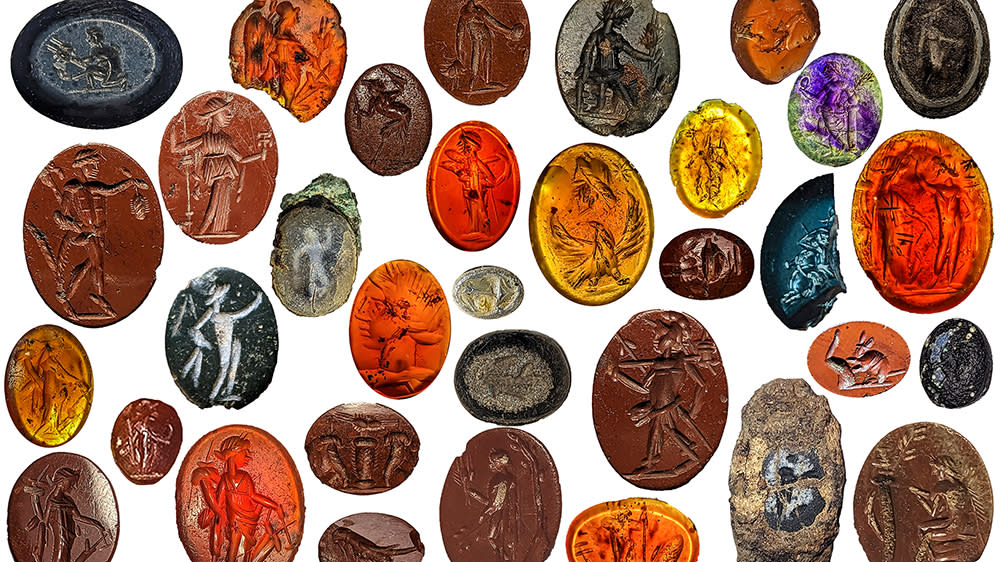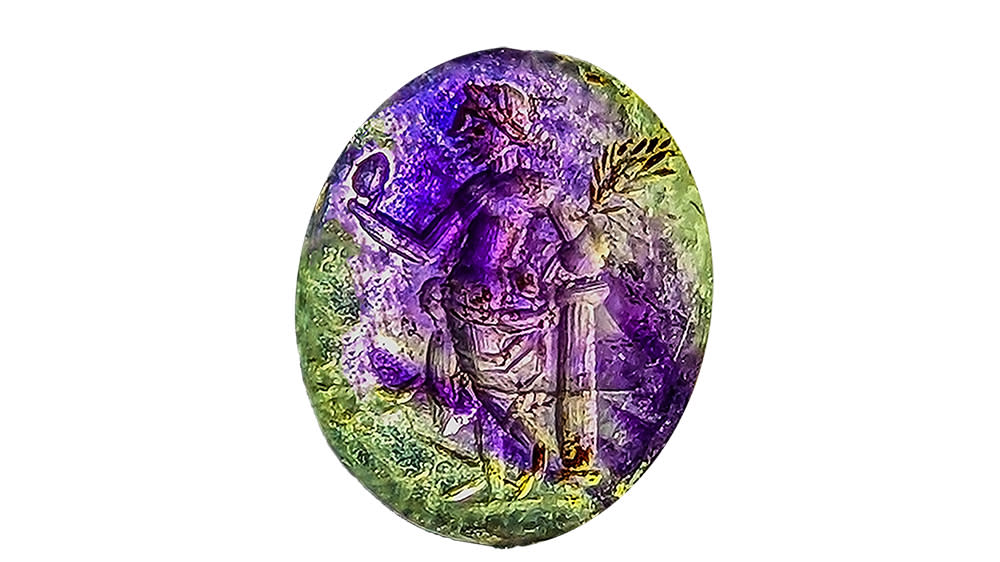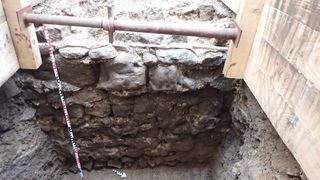Julius Caesar's supporters in Spain.
An almond-shaped lead bullet — inscribed with the names of Julius Caesar and an unknown city and likely fired from a slingshot — hints that Indigenous people in Spain supported the cause of the would-be dictator during his ultimately successful civil war more than 2,000 years ago, a new study finds.
As general, Caesar led the Roman army to victory in the Gallic Wars (58 to 50 B.C.). But unwilling to give up his newfound power, he famously crossed the Rubicon River on Jan. 10, 49 B.C., leading his chief political rival, Pompey the Great, to declare Caesar's action tantamount to a state of civil war.
Caesar's civil war (49 to 45 B.C.) spanned Europe, including Italy, Greece, Egypt, Africa, Spain and the Balkan Peninsula. The final engagement, on March 17, 45 B.C., is known as the Battle of Munda, which likely took place in Andalusia, in southern Spain. Tens of thousands of Pompey's troops were killed, and Caesar returned to Rome victorious.
https://www.livescience.com/archaeo...esars-name-on-it-was-likely-used-in-civil-war





